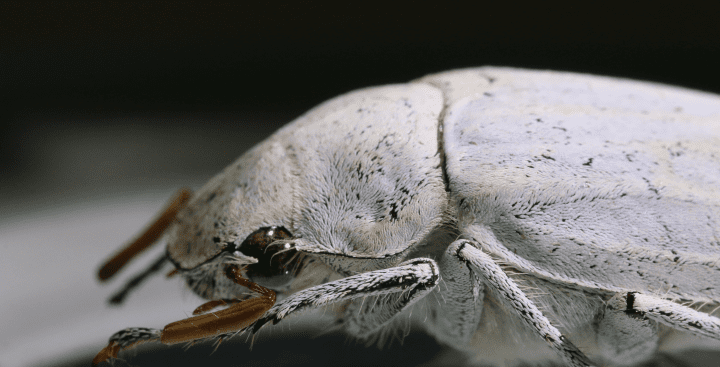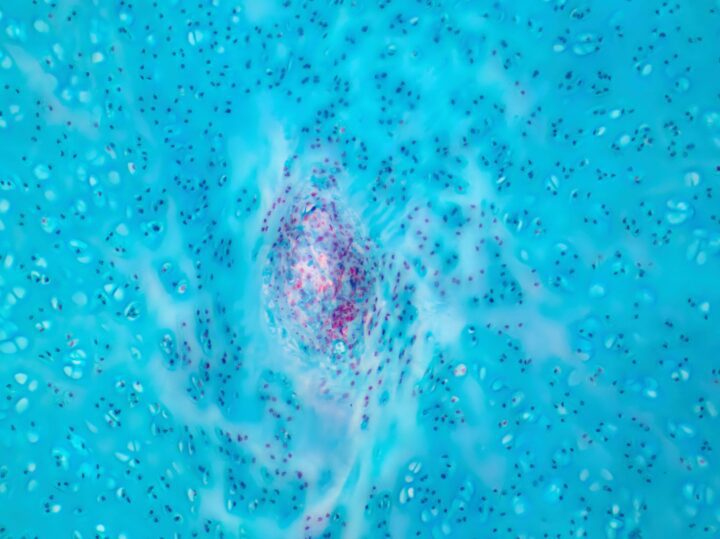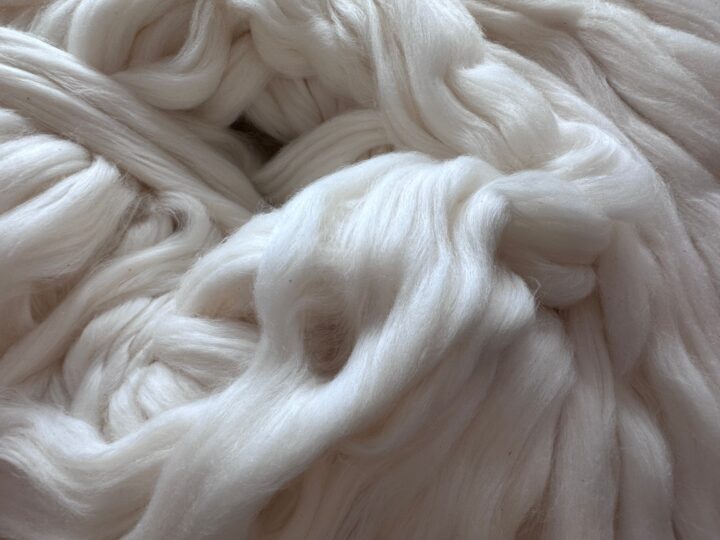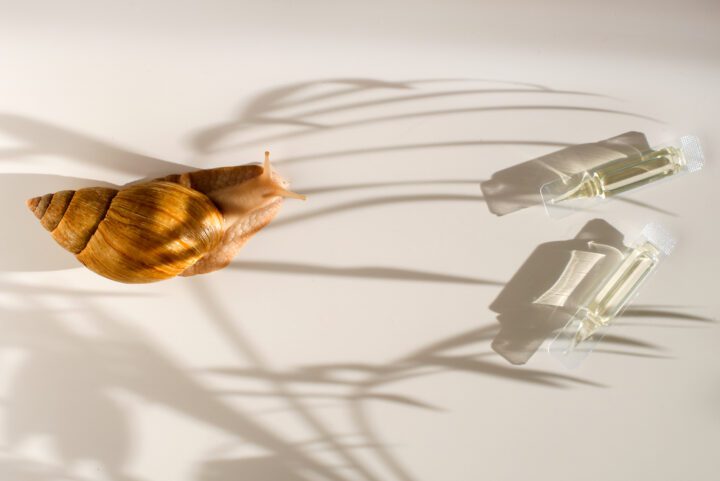Seprify created a cellulose-based white pigment technology that's safe for humans and animals.
Benefits
- Super-thin
- Non-toxic
- Lightweight
- Biocompatible
Applications
- Cosmetics
- Pharmaceuticals
- Food & beverage
UN Sustainable Development Goals Addressed
-

Goal 3: Good Health & Wellbeing
-
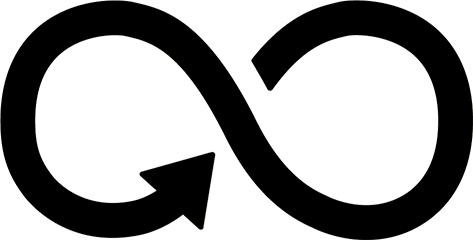
Goal 12: Responsible Production & Consumption
The Challenge
Paints contain toxic chemicals, s, and dyes to produce their color, and must be applied in multiple layers that need to be reapplied every few years. Titanium dioxide (TiO2) is a common white pigment found in many products, but it may have negative health effects. Citing an inability to rule out possible carcinogenic effects from long-term accumulation in the body, the EU has banned the use of TiO2 as a food additive (“E171”) because of the presence of TiO2 nanoparticles. Additionally, large scale strip mining and non-degrading nanoparticle usage make TiO2 a threat to the environment.
Innovation Details
Titanium dioxide is the most used colorant in the world, found in the white traffic stripes painted on roads, in toothpaste, and even in powdered donuts. (Unlike conventional TiO2, nanoparticle TiO2 is not white, but it has additional non-colorant uses which are not addressed by this innovation.) However, titanium mining has an environmental cost, and nanoparticles of titanium dioxide (which can be found in small quantities in food-grade TiO2) have recently been labeled as a potential carcinogen. In search of an alternative white colorant, researchers studying the bright white Cyphochilus beetle found that the thin layer of scales on its exoskeleton acts as a highly optimized scattering structure, giving the beetle its bright white coloration. Seprify is mimicking this structure with , creating a safer and better performing white pigment.

Watch how Seprify (formerly Impossible Materials) learned from the Cyphochilus beetle to produce safer, more renewable structural pigments.
Biological Model
In nature, color is not just the result of chemical pigments. Microstructures also scatter and interfere with lightwaves to reveal a rainbow of colors. Many of these light-bending structures are spaced at regular intervals, making them ideal for sparkling specific shades, like the cobalt of a bluebird’s feathers. In contrast, Cyphochilus beetle exoskeletons are covered with nonuniform scales that scatter all wavelengths of light. Irregularly spaced filaments maximize light scattering, making these beetles shine a brilliant white.
Ray of Hope Prize®
The Ray of Hope Prize® celebrates nature-inspired solutions addressing the world’s biggest environmental and sustainability challenges. Created in honor of Ray C. Anderson, founder of Interface, Inc. and a business and sustainability leader, the $100,000 Ray of Hope Prize helps startups cross a critical threshold in becoming viable businesses by amplifying their stories and providing them with equity-free funding. The prize shines a light on the innovative, nature-inspired solutions that we need to build a sustainable and resilient world. Seprify (formerly Impossible Materials) was selected as a finalist for the 2021 Ray of Hope Prize.

